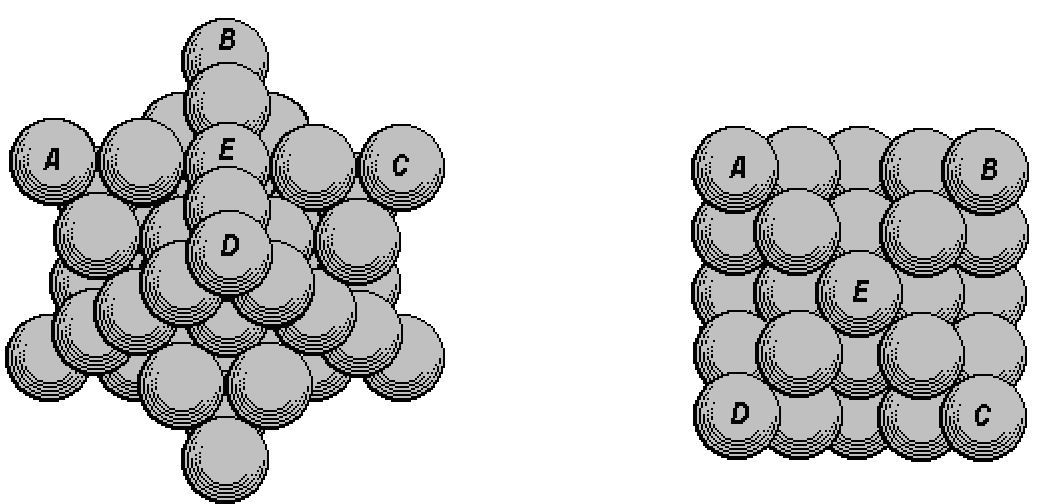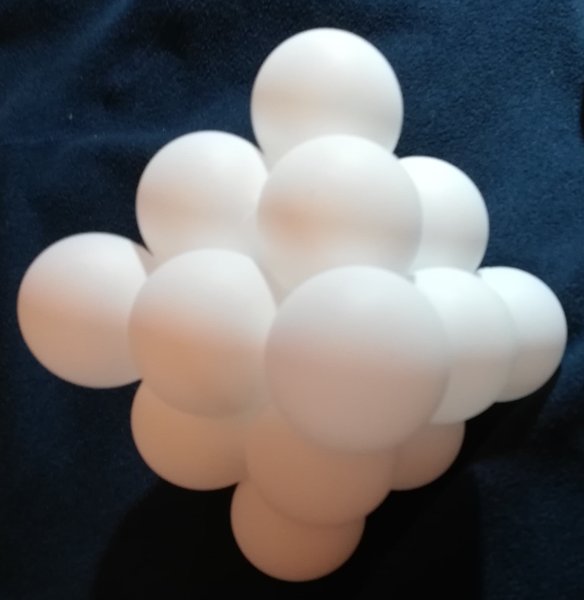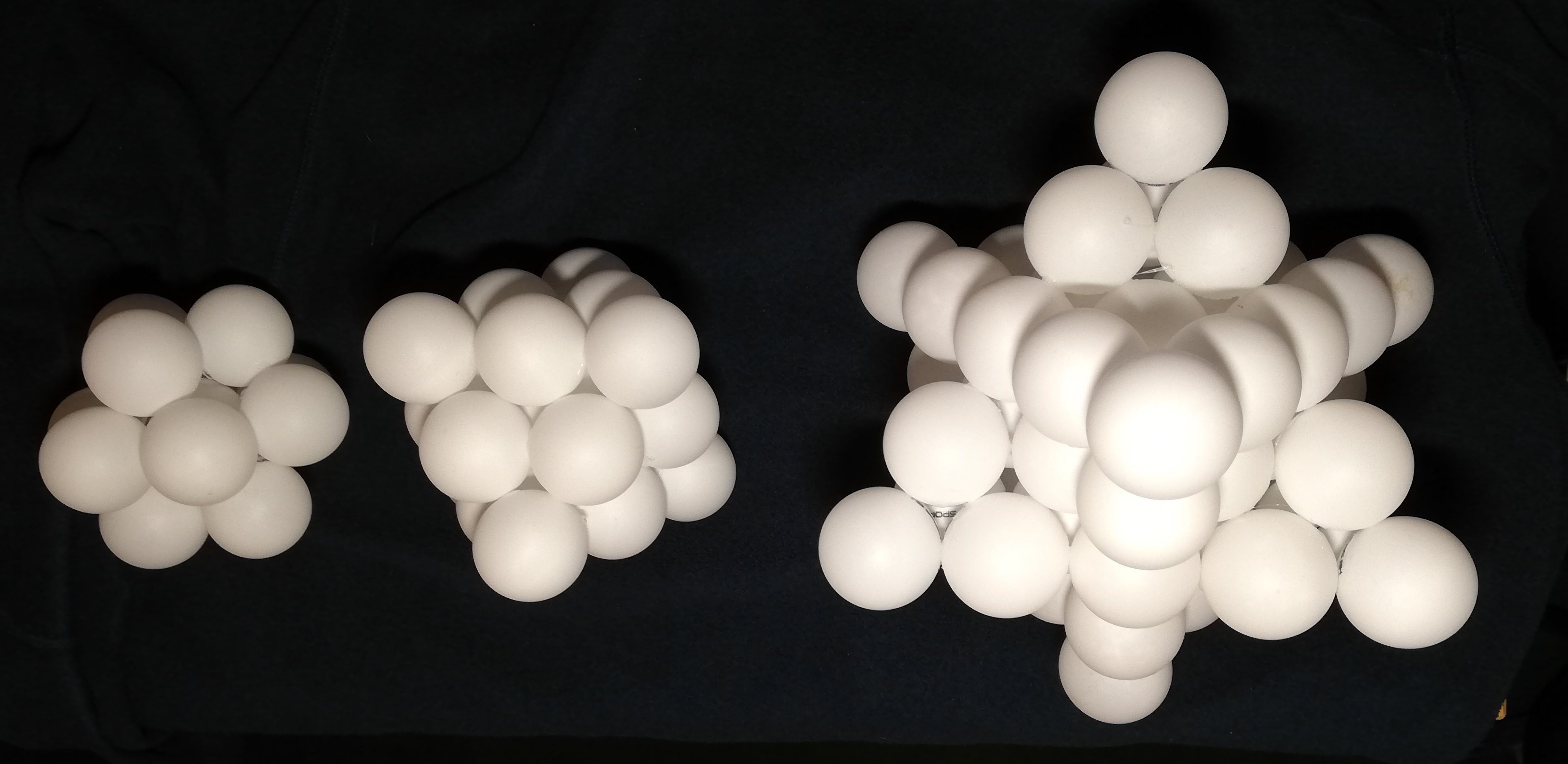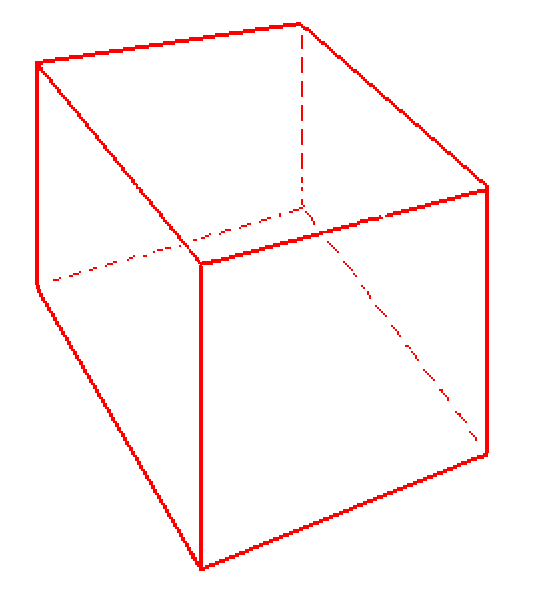Guest Post by Cherry Gilchrist
We, who come among the dead as far
as to the very Goddess, nine girls,
maidens, lovely in our dancing,
in bright loveliness of folded
woven-work, with fine-sawn necklaces
of ivory, shine, brilliant
to the dead eye as forgotten daylight[i]
Recent research has revealed the presence of an age-old template for women’s votive groups: it’s a company of nine women, often known as the nine sisters, maidens or ladies. Here, it’s embedded in an ancient Greek poem, describing how nine female spirits pass through the realms of the dead to the Goddess. Fast forward to the British myth of nine sisters conveying the dying King Arthur to the otherworld of Avalon, add in the classical Nine Muses and we may begin to see that there is a story here – a story of nine women engaged on sacred tasks.
I knew about this to some extent when I first wrote The Circle of Nine, back in the 1980s. The book was based on nine feminine archetypes that certain groups of women were using to understand the principles of the female psyche, and how they worked as archetypal forces in our own lives. We called it Nine Ladies, taking the name from the stone circle in Derbyshire which we had visited on one auspicious occasion. As I wrote the book, I came across a few more instances of the nine, but with no internet resources to draw on, I couldn’t investigate much further. Now, in the re-writing of the book, I’ve been able to research the Company of Nine more fully. And my findings show that it is more than an occasional occurrence – it seems to be, rather, the fundamental template for groups of nine women engaged in a votive or sacred task. It’s widespread in time and space, found from Africa to Russia, and from around 10,000 BCE until just about the present day.
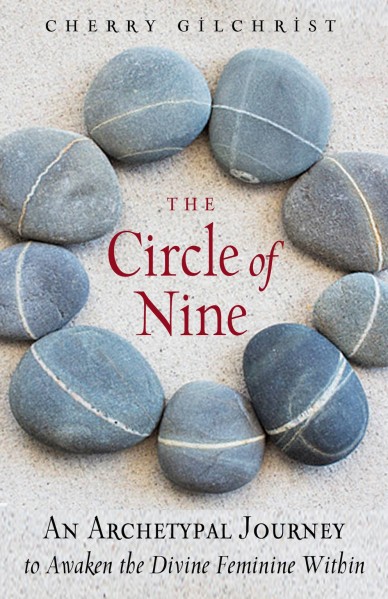 This has been an exciting discovery – there’s a wide range of types of these companies, and I can only describe them briefly here.[ii] However, you’ll find more in my book, where I’ve dedicated the opening chapter to the Company of Nine. (The Circle of Nine: An Archetypal Journey to Awaken the Divine Feminine Within – Red Wheel Weiser, Sep 2018). Each ‘company’ has its own identity, and ranges too from groups of women with a historical presence, to those who exist in myth, folklore, or within the symbolic contours of the landscape. Each group seems to have a specific task or function; their briefs range widely, from divination to healing, serving a saint or goddess, or even simply dancing for joy. Their job is often to help others, work magic or see into the realms of the future.
This has been an exciting discovery – there’s a wide range of types of these companies, and I can only describe them briefly here.[ii] However, you’ll find more in my book, where I’ve dedicated the opening chapter to the Company of Nine. (The Circle of Nine: An Archetypal Journey to Awaken the Divine Feminine Within – Red Wheel Weiser, Sep 2018). Each ‘company’ has its own identity, and ranges too from groups of women with a historical presence, to those who exist in myth, folklore, or within the symbolic contours of the landscape. Each group seems to have a specific task or function; their briefs range widely, from divination to healing, serving a saint or goddess, or even simply dancing for joy. Their job is often to help others, work magic or see into the realms of the future.
The Nine Priestesses of Sena
A very fine example was recorded by the Roman geographer Pomponius Mela. He reported that a group of nine priestesses lived on an island called Sena, lying off the coast of Brittany – possibly the one known today as the Ile de Sein in the Bay of the Dead, thought of as a portal to the ‘otherworld’. Here, the women tended the oracle of a Gallic god, and were ‘endowed with singular powers’. Navigators visited the priestesses asking for guidance, wanting to know their future, and to gain assistance in charming the winds and seas. The women were also renowned for their ability to shape-shift into different animal forms, and to heal serious wounds and diseases.
These priestesses seem to have had a historical basis, and later historical accounts relate that in medieval times, companies of nine women were known to travel around Scandinavia, acting as seeresses. One such ‘volva’ or spae-queen is recorded in an Icelandic saga from Greenland, and described as she visits a remote village, dressed in special robes, and pronouncing her predictions from a throne erected by the locals for the occasion. These forecasts related to weather, health, and future marriages within the community.[iii] Legends abound too; in Brittany, nine witches or spirits are said to inhabit the mountain of Dol. These myths spread out geographically – St Samson, a dragon-slaying saint who is also associated with Mount Dol as well as with Wales, is said to have had an encounter with a magical woman – or ‘crazed hag’, depending on the source – a wild woman from a company of nine sisters living in a wood. She claims to be the last of her kind. [iv] Indeed, it’s often the case that such wise women, oracles, witches and healers are said to be ‘the last of their kind’. This perhaps embodies the memory that the company of nine comes from an ancient source, and hints at the slipping away of this way of expressing feminine wisdom, as societies and religions evolved.
Nine Stones in the Landscape
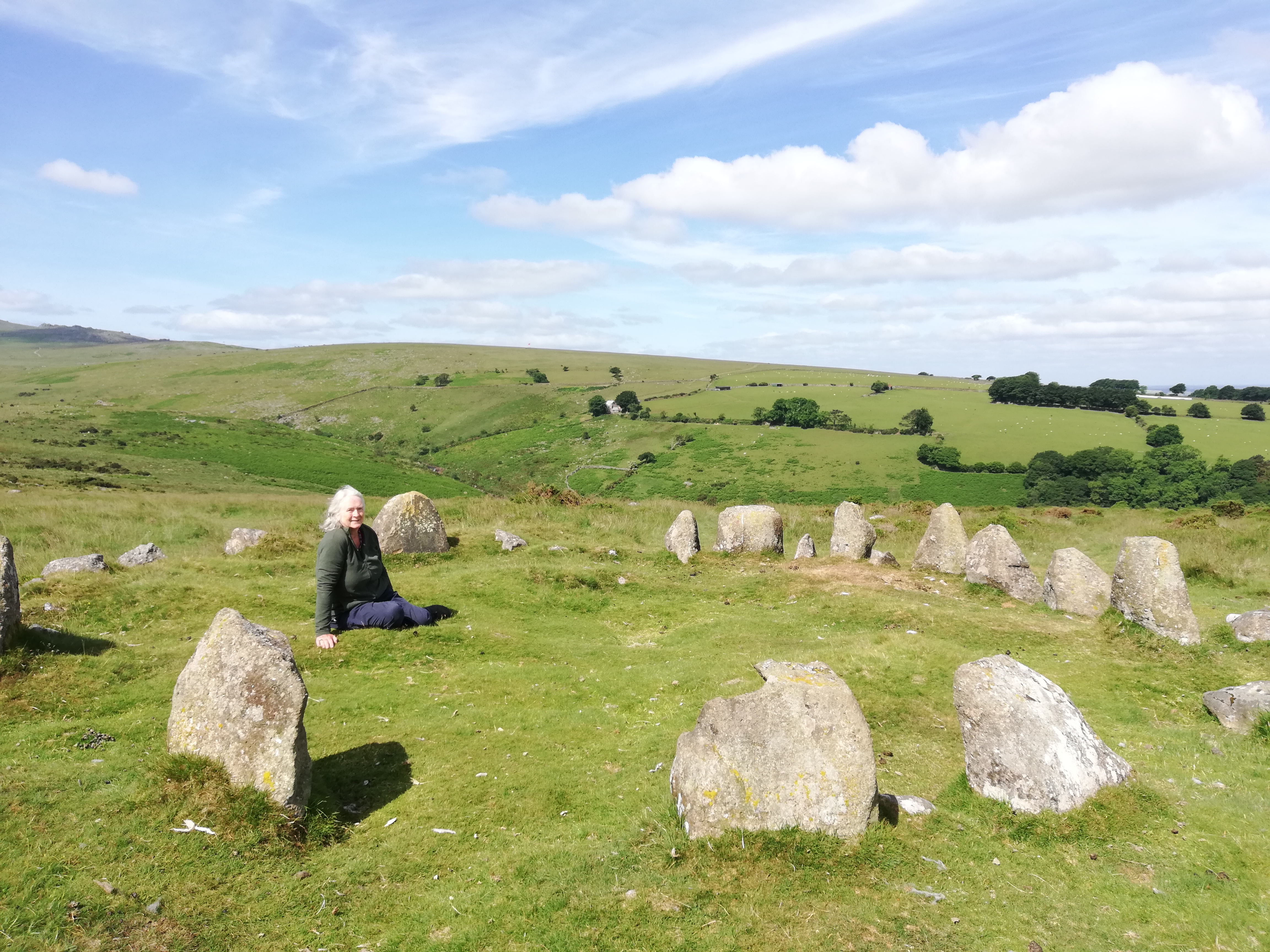
Visiting the Nine Maidens Circle at Belstone, Dartmoor
The landscape too bears many traces of the nine, coming back to my first association with the Nine Ladies stone circle in Derbyshire. Nine Maidens, Sisters or Ladies appear many times over in the UK as stone circles, stone rows, and wells. According to one study, for example, there are at least six circles in Cornwall called Nine Maidens or Nine Stones.[v] Sometimes, although the names don’t carry female connotations, examining local folklore shows that they’re related to tales of nine women. Many of the stone circles bearing the name of ‘nine’ also carry a legend about nine girls being turned into stone for dancing there at a prohibited time, such as the Sabbath. In the Nine Maidens circle at Belstone, Dartmoor, a site I often visit, it’s said that if you enter the circle at midday, and let the world go still around you, the nine maidens will start their dance again…
One curious proof of the importance of nine as the number of the maidens in a stone circle, is that this is often in defiance of the actual number of stones standing. Nine is stubbornly adhered to, even when scholars assert that it should be ‘men’, as the Cornish word for stones, or ‘noon’ – as we’ve seen, the time of day at which standing stones are often said to move – or even ‘nineteen’ as the true number of stones. Of the six Cornish circles named for the Nine Maidens, apparently only one has nine stones and it’s doubtful that this was the case originally.[vi] Plainly, none of these explanations holds good for all the different geographical examples of nine maidens in the landscape, and it’s a far more natural and plausible conclusion to accept that ‘nine’ is what folk intended to call them! William Bottrell, the nineteenth century Cornish folklorist, who denied the veracity of ‘nine’ in the names of the megaliths nevertheless said: ‘You know everybody hereabouts uses nine in all their charms and many other matters.’ Nine does indeed have magical connotations, and it’s likely that the template for the ‘company of nine’ derives from the idea of the triple goddess, a feminine trinity of cosmic forces. This has often been related to the phases of the moon, and to the phases of a woman’s life as maiden, mother and crone.

The Nine Maidens stone circle at Zennor, Cornwall. Painting in Oils by Robert Lee-Wade
Ancient Tradition
I believe that our original call to form the Nine Ladies groups was prompted by touching on a very ancient tradition, which was associated with that particular stone circle in Derbyshire. But although the tradition of the company of nine women may be ancient, it’s important to emphasise that it was not necessarily associated with these stone alignments when they were first built, some 4000 years ago. It’s more likely, in my view, that the nine were attributed to these places later on, after the original purpose of the megaliths was forgotten, at which point the stone circles and rows could well have served as ritual places for a different mythology. But that’s not to say that this mythology itself may not have very ancient origins.There is one really early image of the nine, which could push the timeline right back to between 10,000 and 7,000 BCE. This is a cave painting from Catalonia, which depicts nine women dancing round a male with an erect phallus. Perhaps the dance of the nine maidens was one of the very earliest of rituals.

Nine Young Women dancing around a male figure, from a prehistoric cave painting in Catalonia
There is much more of the story still to uncover, but my guess is that the nine maidens played a part in an early magical and perhaps shamanic type of religion, allied to the elements and the spirits of nature. It probably arose in pre-historic times, spreading to different parts of the globe and remaining in folk memory. Traces of it still abound. Here’s a shaman’s song from Mongolia, describing the Nine Sisters as they dance between heaven and earth:
We play on the rays of the sun
We ride on the rays of the moon
We rise into the heavens
We descend onto the hills
…Nine young ones danced
They met a glowing mother
Three times in the ritual
We will dance the ancient dance
All nine will dance together! [vii]
 Cherry Gilchrist is the author of books on alchemy, Russian mythology, women’s spirituality and traditional Tarot. She’s travelled to far-flung places such as Easter Island, Siberia and the Silk Road in her quest for ancient traditions. Her own background is in Tree of Life Kabbala and western meditation. Cherry currently lives in Topsham, Devon, with her husband, artist Robert Lee-Wade.
Cherry Gilchrist is the author of books on alchemy, Russian mythology, women’s spirituality and traditional Tarot. She’s travelled to far-flung places such as Easter Island, Siberia and the Silk Road in her quest for ancient traditions. Her own background is in Tree of Life Kabbala and western meditation. Cherry currently lives in Topsham, Devon, with her husband, artist Robert Lee-Wade.
The Circle of Nine: An Archetypal Journey to Awaken the Divine Feminine Within
is published by Red Wheel Weiser in Sep 2018.
Pre-publication, you can access a sample e-reader text at https://www.calameo.com/read/0055709746d8b1d726d86
[i] From a 7th century BCE Papyrus.Translated by Brooks Haxton from the ancient Greek, Dances for Flute and Thunder , (Viking 1999) Quoted by kind permission of the author.
[ii] The only other specific study I’ve found is The Quest for the Nine Maidens, Stuart McHardy, (Luath Press Ltd, 2003) . This has many useful references and focuses primarily on Scotland.
[iii] The Saga of Erik the Red posted at http://sagadb.org/eiriks_saga_rauda.en, translated J. Sefton, 1880
[iv] See Celtic culture: a historical encyclopedia. Vol. 1-, Volume 3 edited by John T. Koch, p1558 and also Stuart McHardy, p65
[v] “The Stone Circles of Cornwall”, B. C. Spooner, Folkore (Vol 64, Dec 1953), pp. 484-487
[vi] ibid
[vii] Siberian Shamanism: The Shanar Ritual of the Buryats (Inner Traditions, 2015) pps 18 & 19 Translated and reproduced by courtesy of the authors Sayan Zhambalov, Virlana Tkacz and Wanda Phipps


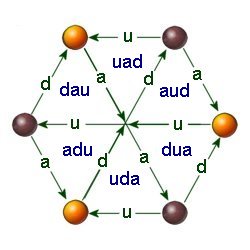
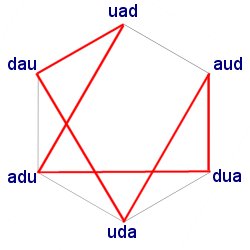


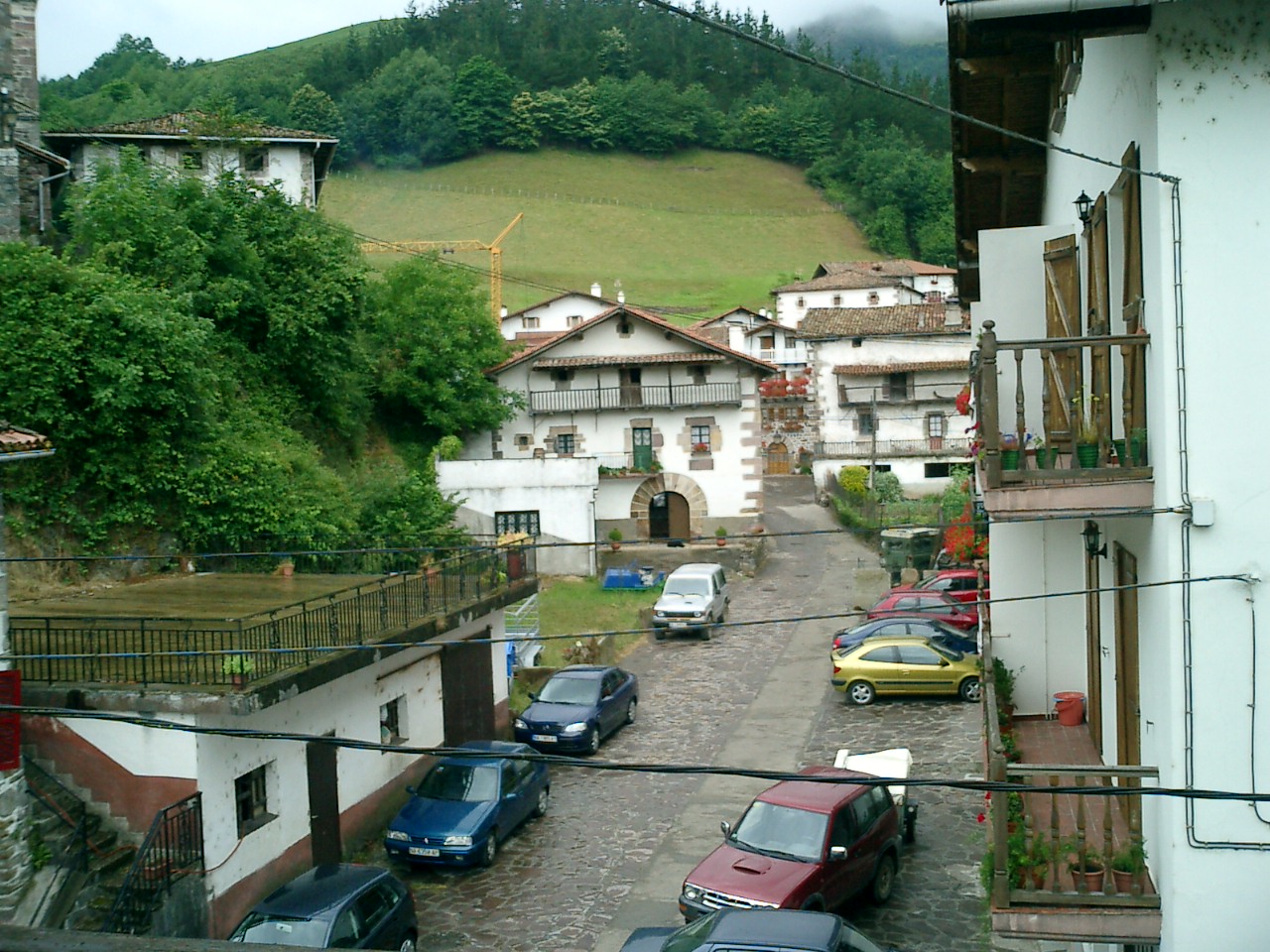 Zubieta street scene
Zubieta street scene 

